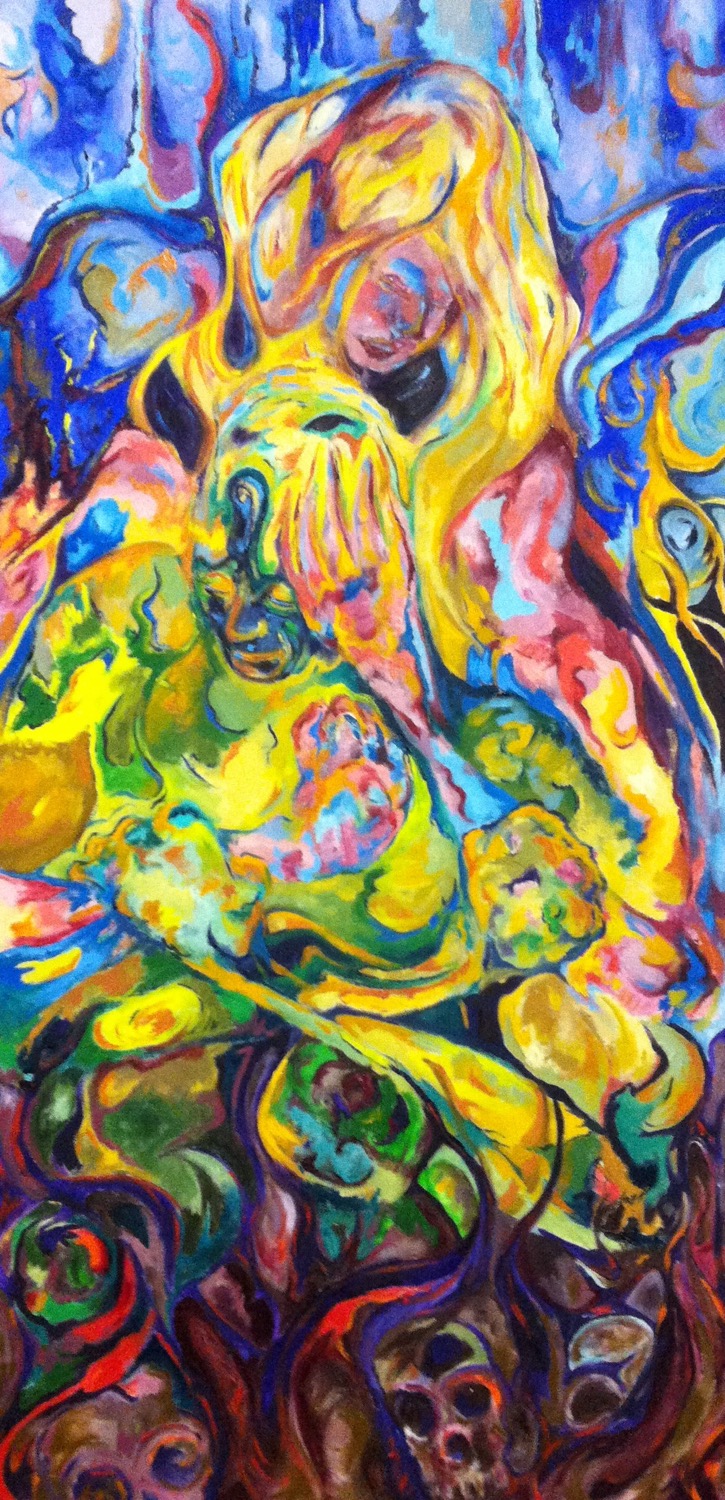Do I Even Know What Healthy Boundaries Are?
- Greg Schoeneck

- Jun 14, 2023
- 3 min read

If you have been around in the world of mental health or in relationship health, you have most likely come across the idea of healthy boundaries or unhealthy boundaries. But there are a lot of ideas out there about what that mean and I think a lot of confusion when people talk about boundaries.
I think most people are most familiar with what I would call external boundaries. The limitations and expectations that we put on people and how and what is acceptable and unacceptable. Most therapist really sit in this space for a really long time with people and there is nothing wrong with that, these are important. There is a saying that having healthy boundaries with other people allows us to have healthy relationships with people, even difficult people. People also, I think, are semi-familiar with this boundary, but often are confused about how to put this practice into action. I often here people think they have successfully put a boundary in place when; FINALLY at after much frustration or hurt they say, “I never want to talk to you again.” Or “I blocked them from calling me!” Or “I’m never helping you again!” These are not healthy boundaries these are reactions to being pushed past an unspoken boundary.
I often and I’m certain other therapists find themselves doing a lot of work here. If this sounds like something you want to know more about Sarri Gilman, wrote a fantastic and simple book about these kinds of boundaries. https://www.sarrigilman.com.
She also goes a little further and talks about internal boundaries for people. The things that are acceptable and unacceptable that we know we need to do or not do for ourselves and how to start developing these boundaries as well.
The idea of healthy boundaries is one that is constructed, ignored, or damaged in childhood. In emotionally neglectful childhoods, where we were not given the emotional support we needed it is often one of the things that is usually just not developed. We learn that our own needs our selfish, useless, not valued, or even dangerous. In abusive childhoods our boundaries or often damaged as well, abuse is intrusive, a pushing past boundaries that damages them as well.
Childhood Emotional Neglect can make having external boundaries and internal boundaries VERY hard to navigate. If you would like to know more about Childhood Emotional Neglect (CEN) please check out Dr.Jonice Webb’s work around CEN here: https://drjonicewebb.com.
Another very important boundary that gets damaged in unhealthy childhoods is what we will call a Psychological boundary. The ability to filter out and not take in all of the beliefs, stories, opinions, and emotions of other people. Some people really struggle with taking everything in and reacting to it whether it is true or not. The other side of that psychological boundary is what we call a containment boundary. People cans struggle with this boundary as well containing all of the stuff that does not need to be said or acted out in the world or on the people around us. You can see the lack of a containment boundary in just about every reality TV show which is unfortunate, because it is beginning to feel like this behavior is acceptable and normal.
At The Therapeutic Workshop we are familiar with working with these boundaries and how our childhoods impact our boundaries and how to learn to strengthen these boundaries to improve our relationships with ourselves and our loved ones.







Comments